Server-Online
137-1337-5955
13713375955
During the operation of the vacuum evaporation coating machine, the particles evaporated from the surface of the film move along a straight line in space at a certain speed until they collide with other particles. In the vacuum chamber, when the particle concentration in the gas phase and the pressure of the residual gas are low enough, these particles can keep flying in a straight line from the evaporation source to the substrate, otherwise, they will collide and change the direction of motion. For this reason, it is necessary to increase the mean free path of residual gas to reduce the probability of its collision with evaporated particles, and it is necessary to evacuate the vacuum chamber into a high vacuum.
When the mean free path of the evaporated particles in the vacuum container is greater than the distance between the evaporation source and the substrate (hereinafter referred to as the evaporation distance), sufficient vacuum conditions will be obtained. Let the evaporation distance (the distance between the evaporation source and the substrate) be L, and regard L as the known actual journey of the evaporated particles, λ is the mean free path of gas molecules, and set the number of steam molecules evaporated from the evaporation source as N0 , the number of vapor molecules scattered by the collision between the evaporation source and the substrate at a distance of L is N1, and assuming that the evaporated particles mainly collide with the atoms or molecules of the residual gas and scatter, then we have
N1/N0= 1- exp(L/λ) (1)
At room temperature (25°C) and gas pressure p (Pa), the mean free path of residual gas molecules is
λ = 6.65×10-1/pcm (2)
It can be known from the above formula that at room temperature, when p=10-2 Pa, λ=66.5 cm, that is, a molecule flies about 66.5 cm between two collisions with other molecules.
is the curve of the ratio of the ratio of the collision ratio of evaporated particles on the way to the substrate to the ratio of the actual path of gas molecules to the mean free path. It can be seen from the figure that when λ=L, 63% of evaporated molecules will collide. If the mean free path is increased by 10 times, the number of scattered particles is reduced to 9%. Therefore, the mean free path of evaporated particles must be much larger than the evaporation distance to avoid collisions between evaporated particles and residual gas molecules during migration to the substrate. Thereby effectively reducing the scattering phenomenon of evaporated particles. At present, the evaporation distance of commonly used evaporation coating machines is not greater than 50 cm. Therefore, if a large amount of scattering of evaporated particles is to be prevented, in the vacuum evaporation coating equipment, the initial vacuum degree of the vacuum coating chamber must be higher than 10-2 Pa.
Since the residual gas has a great influence on the film layer during the evaporation process, it is important to analyze the source of the residual gas in the vacuum chamber so as to eliminate the influence of the residual gas on the film quality. The source of residual gas molecules in the vacuum chamber is mainly caused by desorption and degassing on the surface of the vacuum coating chamber, gas released from the evaporation source, backflow of the pumping system, and air leakage of the equipment. If the structural design and manufacture of the coating equipment are good, the backflow of the vacuum pumping system and the air leakage of the equipment will not cause serious impact. Table 1 gives the approximate value of the ratio of the number of molecules Ns adsorbed by the monomolecular layer on the wall of the vacuum coating chamber to the number of molecules N in the gas phase. Usually, in a commonly used high vacuum system, the number of molecules adsorbed on the inner surface of a monolayer far exceeds the number of molecules in the gas phase. Therefore, in addition to the gas released by the evaporation source during the evaporation process, in a vacuum system with good sealing and pumping system performance and cleanness, if the pressure is at 10- 4 Pa, the gas desorbed from the surface of the vacuum chamber wall Gas molecules are the main source of gas in a vacuum system.
A-the inner surface area of the coating chamber, cm2; V-the volume of the coating chamber, cm3; ns-the number of adsorbed molecules in the monomolecular layer, pc/cm2; n-the number of gas phase molecules, pc/cm3
The residual gas molecules hit all the surfaces in the vacuum chamber, including the surface of the growing film. In an air environment at room temperature and a pressure of 10-4 Pa, the time required to form a single molecular layer adsorption is only 2.2 s. It can be seen that in the evaporation coating process, if a high-purity film is to be obtained, the rate at which the atoms or molecules of the film material reach the substrate must be greater than the rate at which the residual gas reaches the substrate. Only in this way can a film with good purity be prepared. This point is more important for active metal substrates, because the adhesion coefficient of clean surfaces of these metal materials is close to 1.
When vaporized at a pressure of 10-2 Pa to 10-4 Pa, the number of vapor molecules of the film material and residual gas molecules reaching the substrate is roughly equal, which will definitely affect the quality of the prepared film. Therefore, it is necessary to reasonably design the pumping system of the coating equipment to ensure that the rate at which the vapor molecules of the film material reach the surface of the substrate is higher than that of the residual gas molecules, so as to reduce the impact and pollution of the film layer by the residual gas molecules and improve the purity of the film layer.
In addition, at 10-4 Pa, the main component of the residual gas in the vacuum chamber is water vapor (accounting for more than 90%). The water vapor will chemically react with the metal film layer or the evaporation source to form oxides and release hydrogen. Therefore, in order to reduce the moisture in the residual gas, the temperature in the vacuum chamber can be increased to decompose the water, which is also an effective way to improve the quality of the film.
Attention should also be paid to the outgassing of the evaporation source at high temperature. Before the evaporation source is energized and heated, the substrate can be blocked by a baffle, and then the film material is heated to degas. Remove the baffle when the formal coating begins. Using this method, the quality of the film layer can be effectively improved.
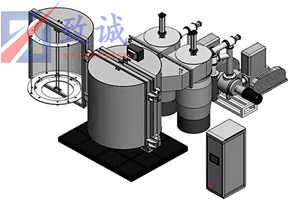 How to maintain the vacuum coating machine
2023-03-27
How to maintain the vacuum coating machine
2023-03-27
When the buyer purchases the vacuum coating machine, the manufacturer Shengchang equipment will generally be equipped with a machine maintenance manual. Both the buyer and the manufacturer attach great importance to the maintenance of the vacuum coating machine.
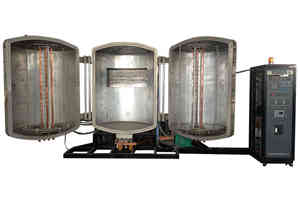 Why does the evaporation coating machine coat under vacuum conditions
2023-03-11
Why does the evaporation coating machine coat under vacuum conditions
2023-03-11
If the pressure is not low enough (or the vacuum degree is not high enough), good results cannot be obtained. For example, if aluminum is deposited on the order of 10 2 Torr, the obtained film is not only not bright, but even gray and black. And the mechanical strength is extremely poor.
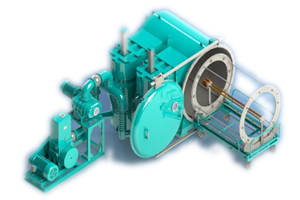 What is the difference between PVD vacuum coating machine and CVD coating machine?
2023-03-11
What is the difference between PVD vacuum coating machine and CVD coating machine?
2023-03-11
Thin film deposition technology is mainly divided into three major processes: physical, chemical, and epitaxy. Physical vapor deposition is referred to as PVD vacuum coating machine. Chemical vapor deposition is referred to as CVD coating machine for short.
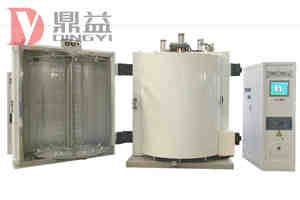 Vacuum conditions in the process of vacuum evaporation coating machine
2023-03-03
Vacuum conditions in the process of vacuum evaporation coating machine
2023-03-03
In the vacuum chamber, when the particle concentration in the gas phase and the pressure of the residual gas are low enough, these particles can keep flying in a straight line from the evaporation source to the substrate, otherwise, they will collide and change the direction of motion.
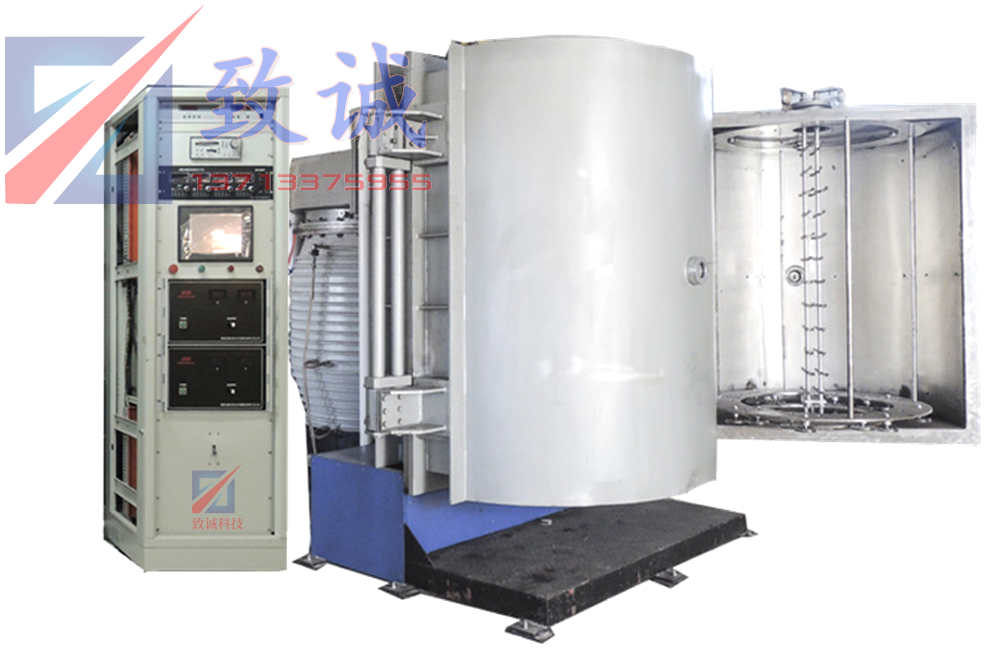
Vertical double-door-high vacuum evaporation coating machine
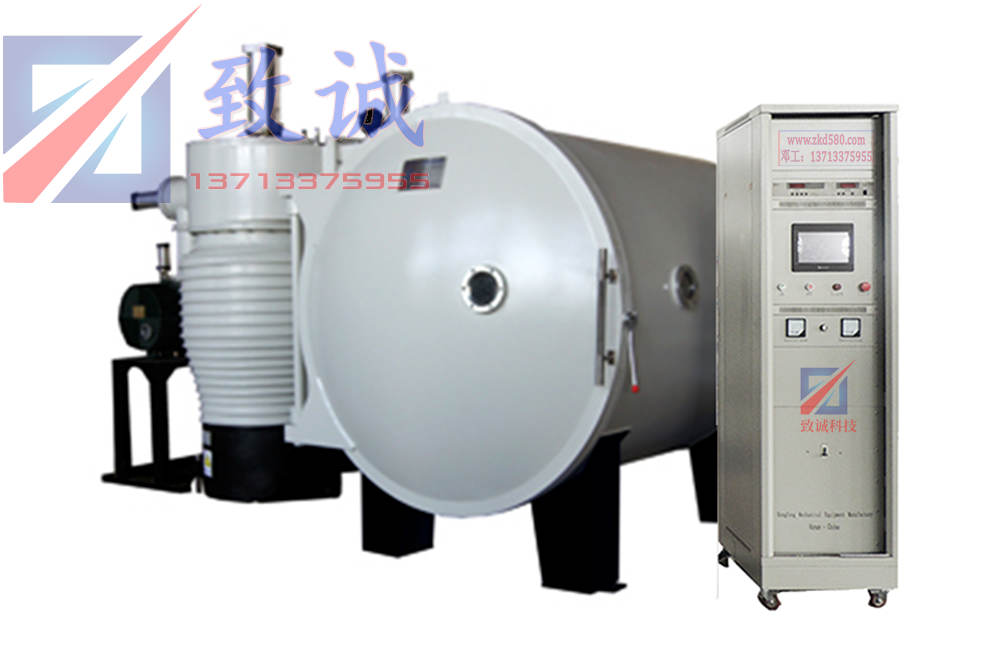
Horizontal evaporation coating machine
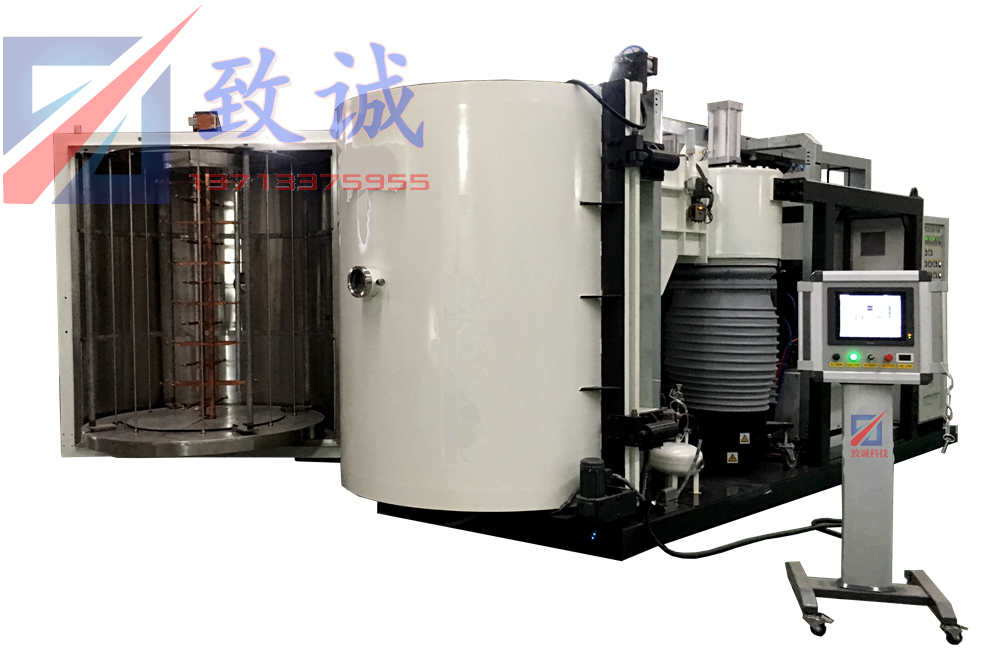
Vacuum coating machine for lamps
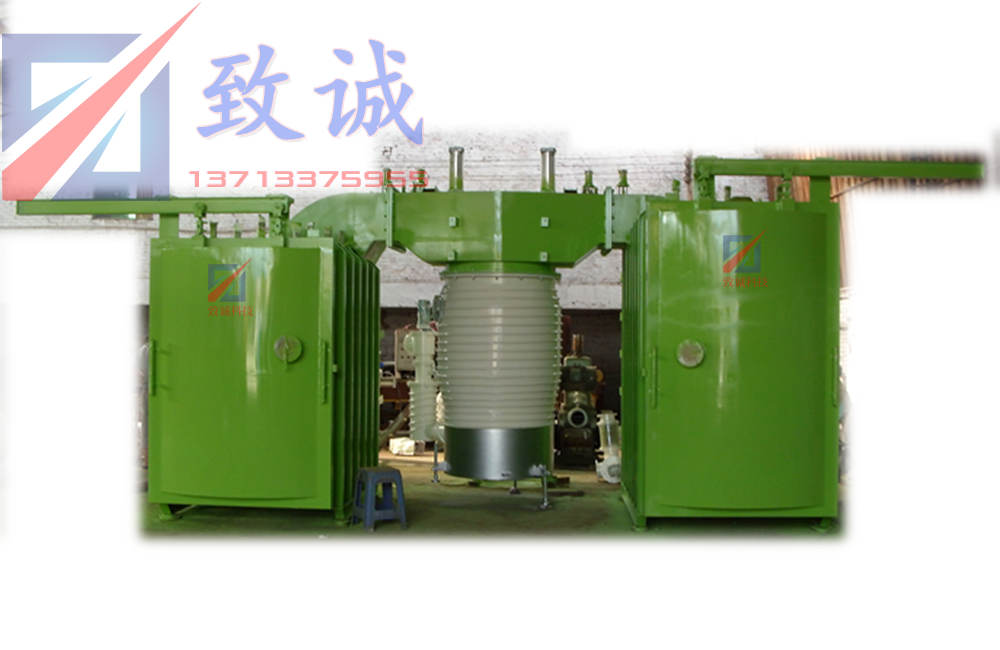
PVD aluminum mirror coating machine
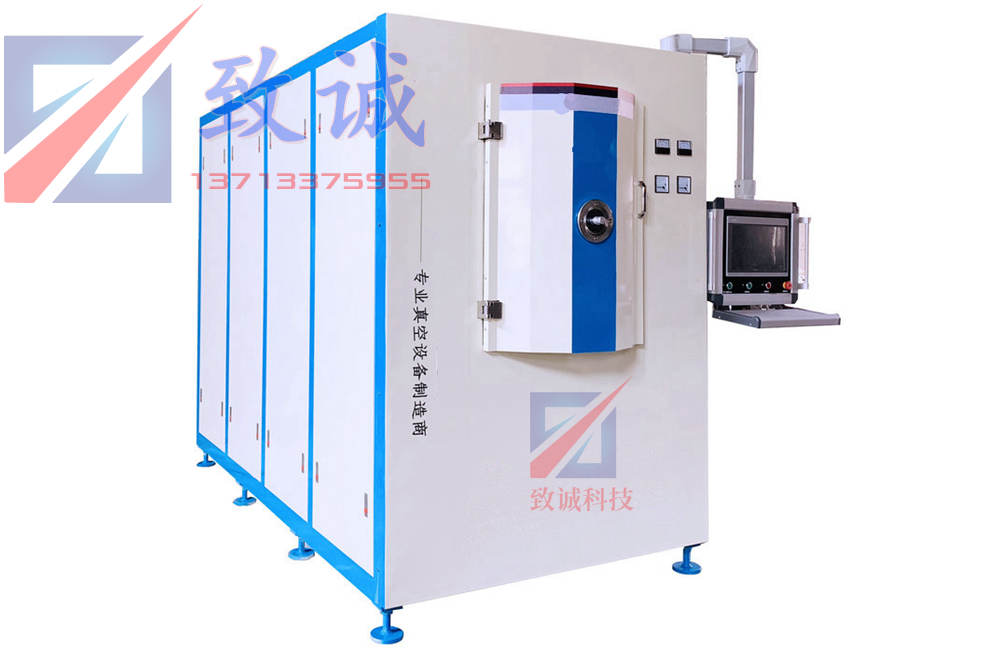
AF anti-fingerprint coating machine
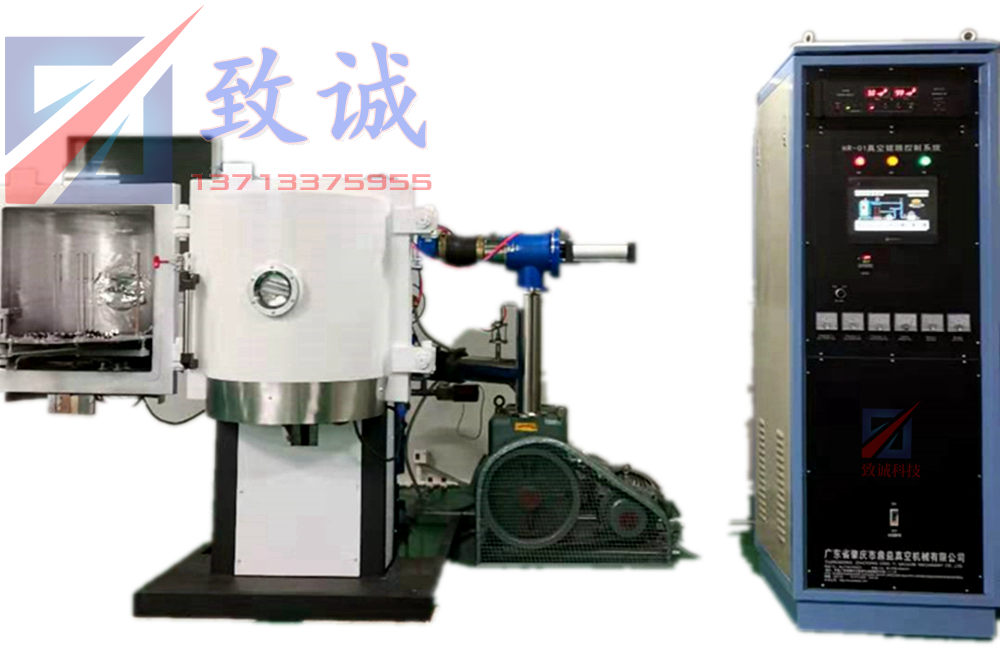
Vacuum internal plating equipment - evaporation coating machine - plastic/glass lampshade
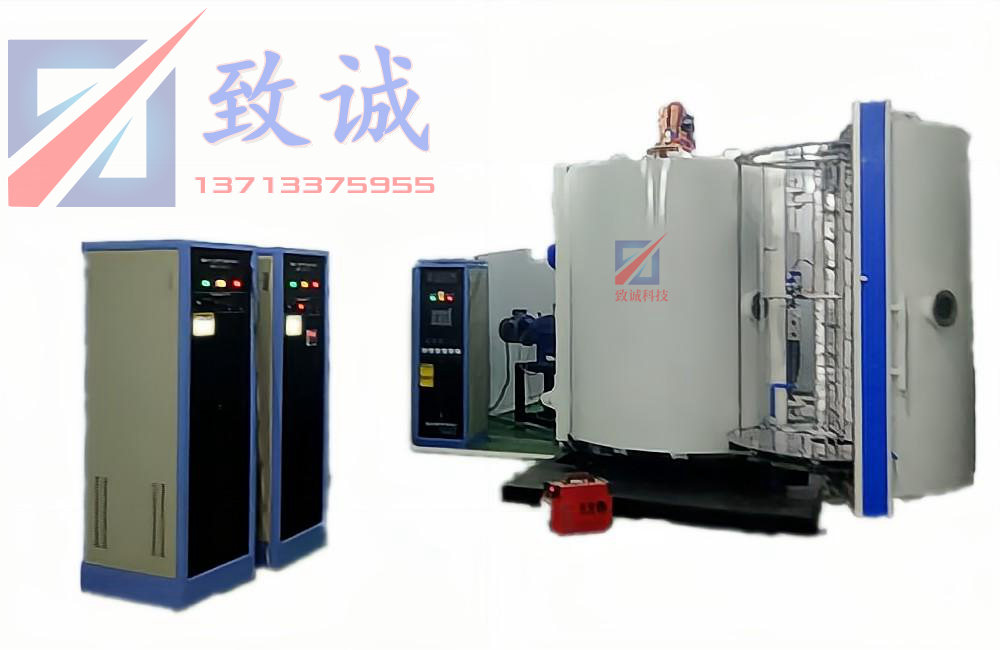
Magnetic control evaporation dual-purpose coating machine
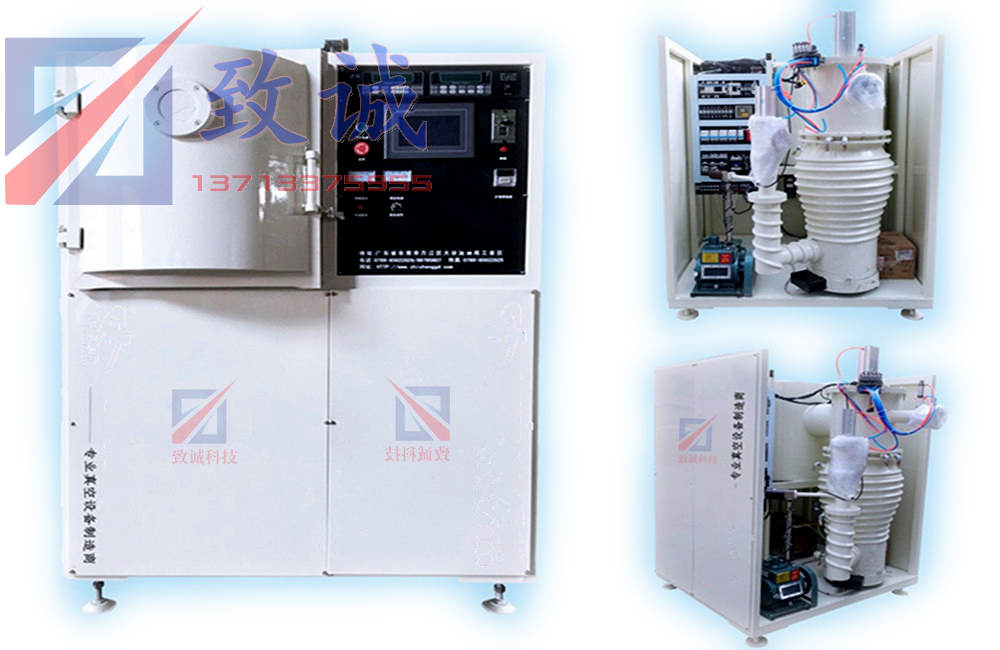
Laboratory coating equipment
Dongguan City, Guangdong Province, China
+86 137-1337-5955
+86 13713375955 (Mr. Deng)
dgzhicheng@gmail.com
Copyright © 2022 Dongguan Zhicheng Technology Co., Ltd.